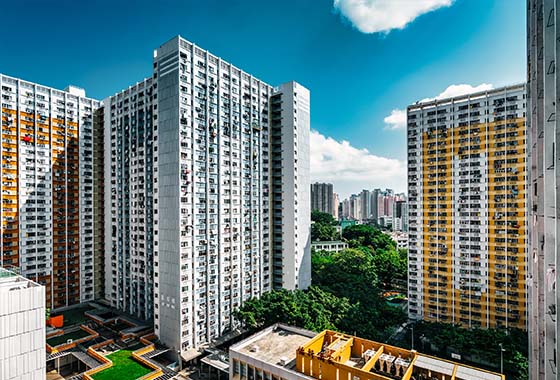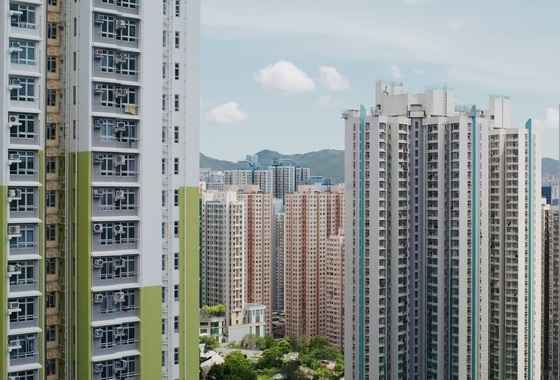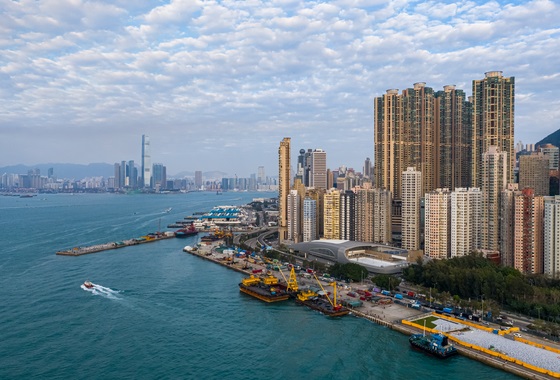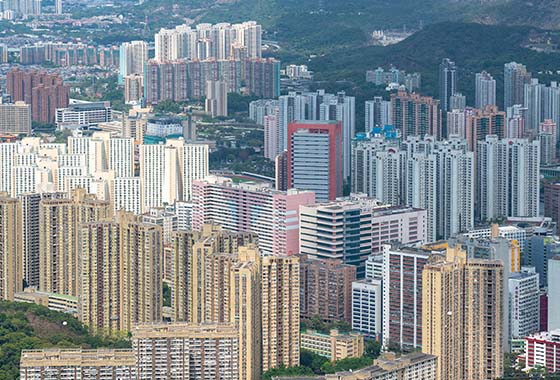Why subsidised home sales are sluggish despite overwhelming demand
This article appeared originally in South China Morning Post on 3 June, 2024.
Authors: Ryan Ip, Vice President cum Co-head of Research, Jason Leung, Head of Land and Housing Research at Our Hong Kong Foundation
- The Housing Authority must meet its promise of affordability with a more flexible pricing mechanism to respond quickly to market changes
- Home size is also a key consideration and flats need to be big enough to meet people’s aspirations for a better quality of life

Since Hong Kong scrapped its property cooling measures in February, two contrasting situations have emerged in the housing market. Private market transactions have surged, with new projects oversubscribed, while the subsidised housing market has seen sluggish sales, with transactions cancelled and deposits forfeited.
Some put this down to the improved affordability of private homes after the price index fell in March by 23 per cent from the record high in September 2021, causing more buyers to choose private housing. But this risks oversimplifying the situation. While some demand has been channelled to the private market, others are holding back, for various reasons.
Potential buyers of subsidised housing units can be split into three groups. The “upper middle class”, earning just below the income ceiling, is most likely to switch to the private market as prices fall.
Then there is “core middle class”, earning close to the median household income, who can hardly afford to buy in the private market even at the current lower prices. Amid market uncertainty, they are likely to wait and see, especially since a subsidised home is a once-in-a-lifetime opportunity.
The third group is known as “green form households”, public rental tenants who qualify to buy subsidised flats under the Green Form Subsidised Home Ownership Scheme (GSH). Last year, a Housing Authority survey found that over 20 per cent of public rental households would consider buying a subsidised home.
But despite their aspirations, most newly completed subsidised homes remain too small to offer a genuine upgrade.
Across the three groups, subsidised homes remain the only viable option for the “core middle class” and “green form households”. Based on Hong Kong’s household income distribution last year, around 40 per cent of households are eligible for subsidised housing. But subsidised housing made up only 10 per cent of new homes completed between 1997 and 2023.
Sales of subsidised homes have seen overwhelming responses. Last year, Home Ownership Scheme (HOS) flats were 18 times oversubscribed. All this points to a demand-supply imbalance – and why the current situation is so peculiar, where demand for subsidised homes persists but is not reflected in recent sales.
To address this, subsidised housing prices must be more responsive to market changes, and flat sizes increased.
While HOS units are sold at a discount to market prices, there is usually a time lag of around six months between the price-setting and flat selection. This is especially problematic during a downturn.
For example, last July, a 38 per cent discount was set for the HOS sale exercise but by the time of flat selection in January, home prices had fallen 10 per cent. Since the current policy meant no price adjustments would be made, the only way to reflect market changes was to reassess the discount rate, which was cut to 30 per cent.
But for “core middle class” buyers, who have limited funds and tight budgets, it would have been much better if the market changes were reflected through actual price adjustments, which would reduce their down payments and mortgages.
The pricing mechanism for subsidised homes needs to be more flexible and responsive to market changes so its promise of affordability remains relevant to those in need.
For “green form households”, home size is a key consideration and this is reflected in the GSH sales. For example, despite being 12 times oversubscribed, there were 523 unsold units at the end of the flat selection for the 2019 GSH exercise, all of which were “nano flats”.
Another example is the Kai Chuen Court development launched in the 2020/2021 GSH exercise. Despite the prime Diamond Hill location, at least 157 buyers forfeited their preliminary deposits, with nearly 90 per cent giving up flats smaller than 400 square feet.
Clearly, larger homes are needed to meet people’s aspirations for a better quality of life.
Encouragingly, the government has pledged a minimum size of 26 square metres (280 sq ft) for subsidised homes completed from 2026/27 onwards.
In short, the recent sluggish sales of subsidised housing does not indicate slowing demand for affordable homes. Rather, enhancements are needed for the pricing mechanism and flat size to meet the needs of households unable to afford homes in the private market. Enhancing Hong Kong’s quality of living will be a long road, and subsidised housing will continue to play a part.



